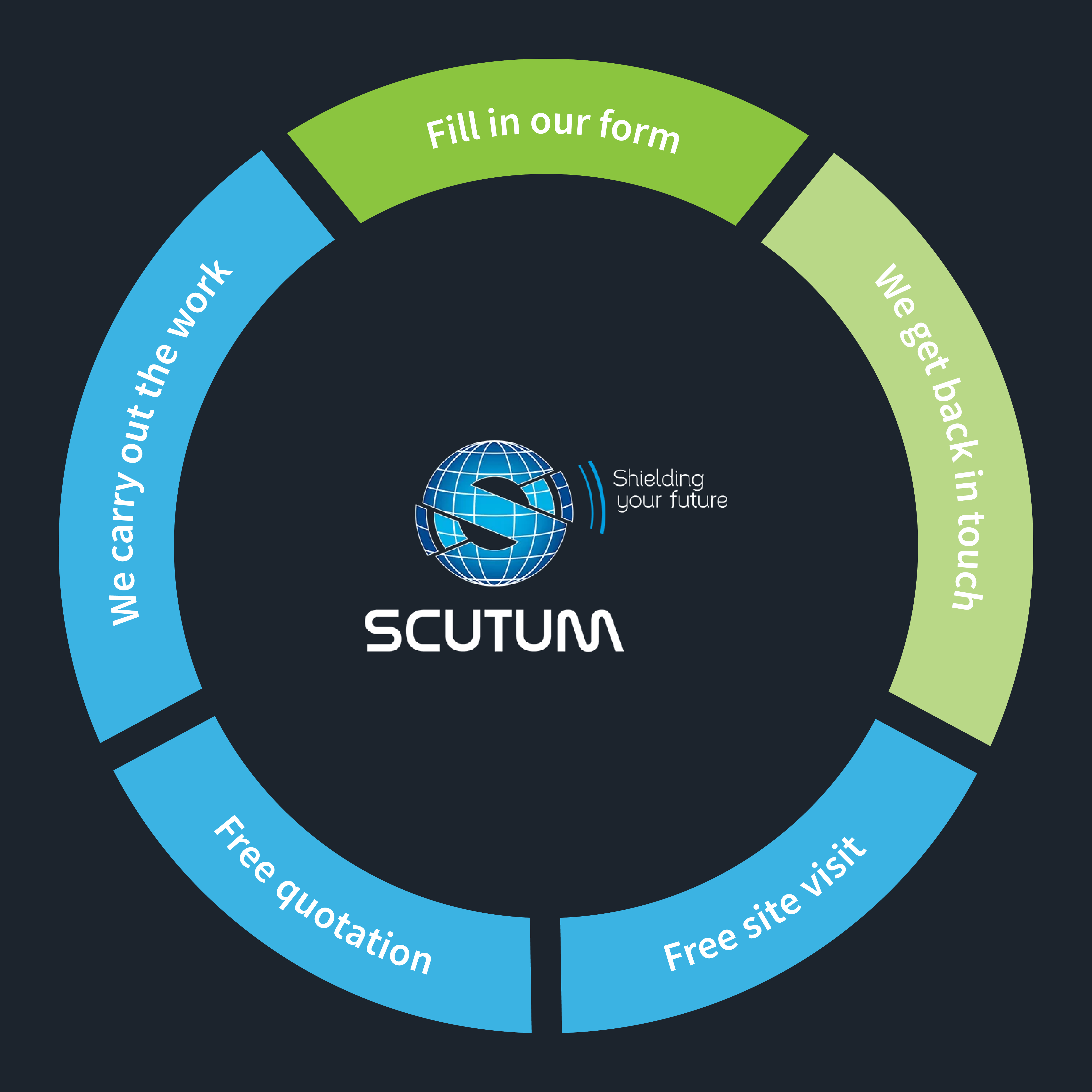Fire Risk Assessment Guide & Checklist for Sleeping Accommodations
Click here to download the print friendly fire risk assessment guide and checklist
This guide has been developed for all employers, managers and owners of environments which comprise sleeping accommodation. This includes premises such as: the common areas of houses in multiple occupation, areas in workplaces where staff sleep and premises with paying guests, including hotels, bed and breakfasts, guest houses and holiday accommodation.
Detailing the laws regarding fire safety – and how best to comply with them – this guide will offer specialist advice and guidance on conducting a fire risk assessment and also provides a ‘how to’ checklist in an effort to make the process as simple and straight-forward as possible.
The Law
The Regulatory Reform (Fire Safety) Order 2005 is the governing piece of fire safety legislation in England and Wales. It covers fire precautions and duties and was developed to protect people from the threat of fire whilst in commercial or public-access environments.
The ‘responsible person’ has a legal obligation to make sure their environment complies with every aspect of the Order. For premises which include sleeping accommodation, the ‘responsible person’ will usually be the owner or manager.
In order to ensure your sleeping accommodation environment meets all its legal requirements, you must conduct a fire risk assessment. A fire risk assessment is one of the most important aspects of the Order and will determine the hazards and risks within your environment and then put measures in place to remove or reduce them. You must also create an emergency evacuation plan, install all necessary fire safety equipment and make sure your employees are informed, educated and trained in fire safety procedures.
Conducting a Fire Risk Assessment – 5 Steps
There are five steps to conducting a fire risk assessment and this guide uses the same approach as that used in general health and safety legislation.
When conducting a fire risk assessment in your sleeping accommodation environment, it may be easier and more manageable to separate the facility into various rooms or areas (such as bedrooms, bathrooms, kitchens, store rooms, corridors and stairways, for example).
#1 Identify fire hazards
The first step involves identifying the fire hazards within your environment. This means looking for sources of ignition, sources of fuel and sources of oxygen.
#2 Identify people at risk
Next, you must identify the people at risk. This includes everyone who works within or visits your premises (such as paying guests in a hotel or guest house). You should also pay particular attention to those more vulnerable to risk, including children, the elderly and people with a disability.
#3 Evaluate, remove and reduce the risks
Now you know the hazards and people at risk, you should evaluate the risk of a fire occurring and the risk to people from fire. You should then put measures in place to remove or reduce these risks as far as possible.
This will include installing fire safety equipment – such as detection and warning methods, fire-fighting equipment, emergency lighting and safety signage – and making sure regular testing and maintenance is undertaken.
#4 Record, plan, inform, instruct and train
All the significant findings from the risk assessment should be recorded (as long as more than five people are employed within your sleeping accommodation environment) and you must also detail the action that has been taken as a result. In accordance with the law, you must also prepare an emergency evacuation plan, practicing it regul
arly and ensuring everyone is aware of the escape procedure.
Finally, all relevant people must be informed and instructed on fire safety matters within your environment. This can be done through official staff training, as well as installing signs and notices for guests.
#5 Review
Your fire risk assessment must be constantly reviewed, updating and revising it where necessary.
Checklist
To try and make the process of a risk assessment as simple as possible, our specialists have compiled a handy checklist. In line with all Government guidance and legal regulations, it should help you conduct a fire risk assessment in premises which include sleeping accommodation.
#1 What are the fire hazards within your sleeping accommodation?
- Make a note of anything within your sleeping accommodation which could start a fire (such as lamps, hair appliances, kitchen equipment).
- Make a note of anything within your sleeping accommodation which could burn (such as bedding, curtains, furniture).
#2 Who is at risk within your sleeping accommodation?
- Make a note of anyone who could be at risk within your sleeping accommodation, particularly those who may be more vulnerable in an emergency.
#3 How will you keep people safe within your sleeping accommodation?
- Ensure fuel and heat sources are kept apart.
- Assess the risk to staff, guests and visitors.
- Make a note of anything which could be used to start a fire deliberately.
- Ensure appliances are tested and maintained (such as kettles, toasters, hairdryers).
- Install appropriate fire detection and warning equipment.
- Appoint someone who will be responsible for calling the local Fire and Rescue service.
- Install appropriate fire-fighting equipment.
- Make sure there are adequate fire escape routes from all bedrooms and communal areas.
- Make sure escape routes are obvious, signed and illuminated.
- Ensure all fire safety equipment is in full working order and regularly maintained.
- Make sure measures are in place to inform everyone who works or sleeps within your environment of what to do and how to use fire safety equipment.
#4 Record, plan and train
- Remove or reduce each fire risk as far as is possible.
- Make a note of what has been done to remove or reduce these risks.
- If there are risks which can’t be removed, make a note of how you plan to deal with these risks.
- Plan a timeframe for carrying out all necessary fire safety improvements.
- Inform your hotel/hostel etc. staff, and any guests and visitors, of what to do in an emergency.
- Regularly practice a fire drill and record the results.
- Ensure all your hotel/hostel etc. staff know how to use fire extinguishers.
- Make sure all fire safety information – including emergency plans and escape routes – is made available to guests and visitors. This should be in the form of obvious notices and signs within bedrooms and communal areas.
- Inform your guests and visitors upon arrival of what to do if they discover a fire.
#5 Review and maintain your plan
- If you make any exterior or interior changes to your sleeping accommodation, your plan must be reviewed.
- If there has been, or almost been, a fire within your sleeping accommodation, your plan must be reviewed.
- If work processes are changed or updated, your plan must be reviewed.
- After each fire drill, the results should be recorded and your plan updated.
Click here to download the print friendly fire risk assessment guide and checklist
Request a Callback
Just fill in your details below and we'll get back to you as soon as we can!

About Scutum London
Scutum London is a leading expert in fire safety and security solutions for businesses and organisations located across South East England, including London and Surrey.
From fire alarms, fire extinguishers and fire risk assessments to access control, CCTV and intruder alarm systems – and a lot more besides – we offer a comprehensive range of products and services designed to keep you, your business and your staff and visitors safe.
With decades of industry experience to call on, we’re proud to hold accreditations from leading trade associations and bodies such as British Approvals for Fire Equipment (BAFE), the British Fire Consortium, the Fire Industry Association (FIA) and Security Systems and Alarms Inspection Board (SSAIB).
If you’d like to find out more about Scutum London, get in touch with our friendly team or explore our products and services on our site.

